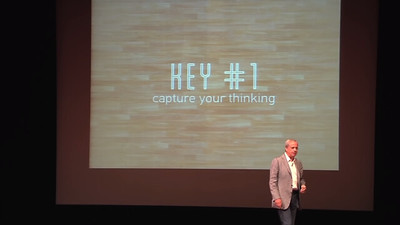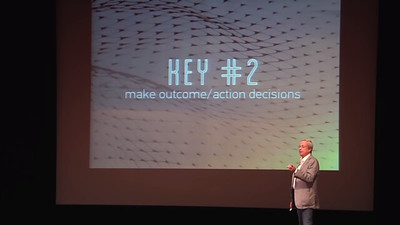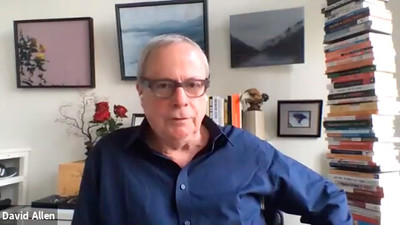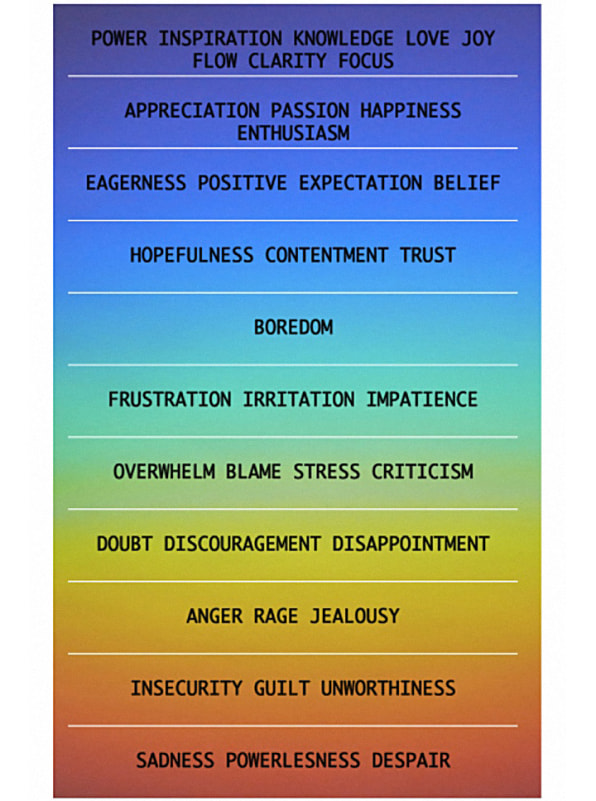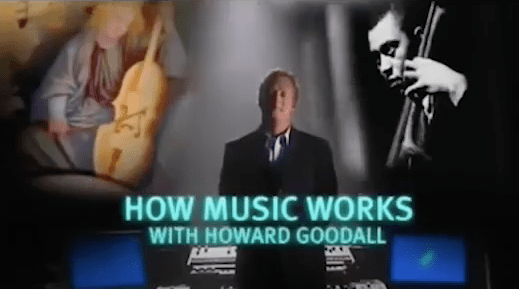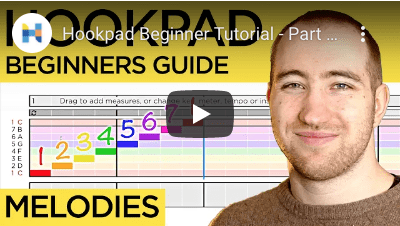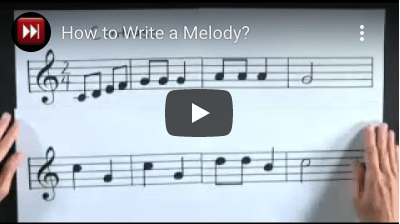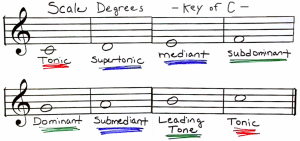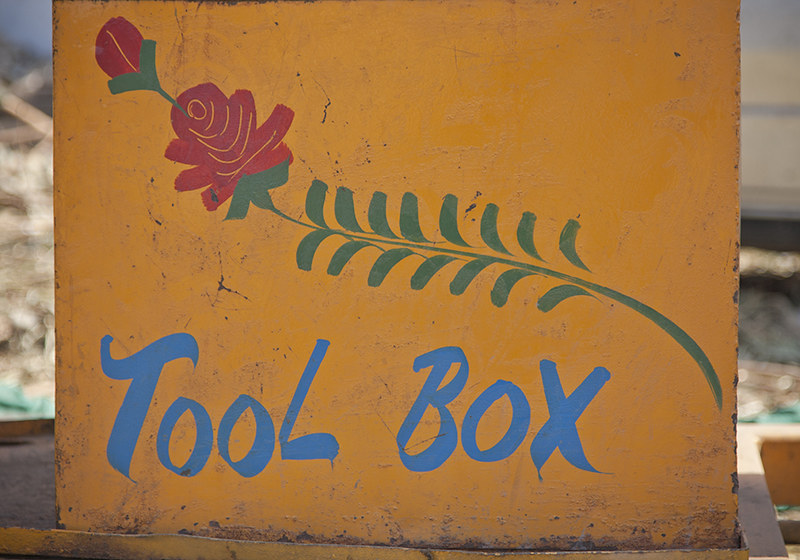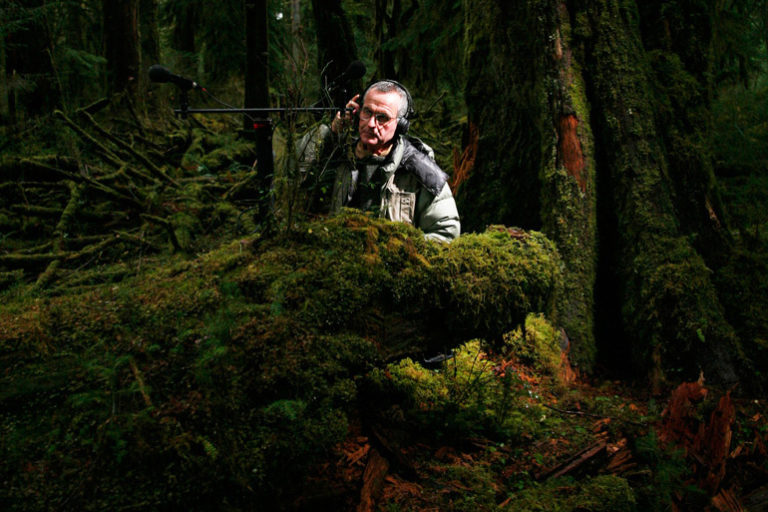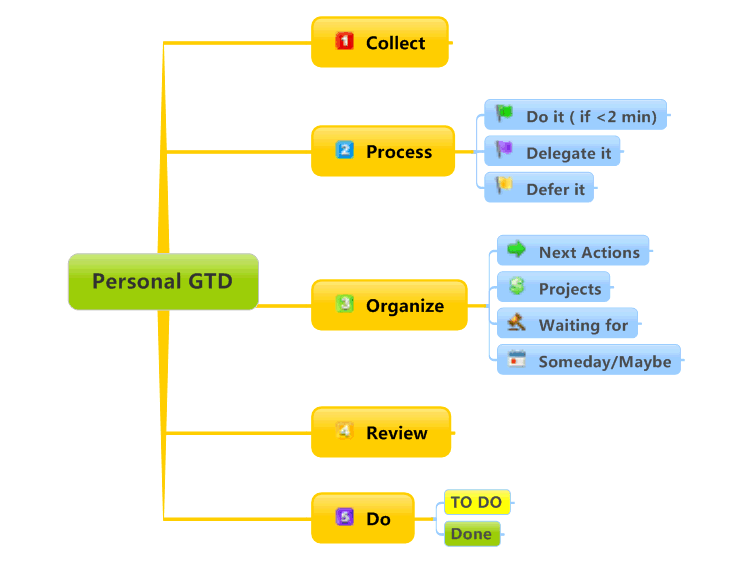
Teens are overwhelmed, partly because they don’t yet have the skills to manage the unprecedented amount of stuff that enters their brains each day. – from LifeHacker.com
“Your mind is for having ideas, not holding them.”
“You can do anything, but not everything.”
― David Allen, (GTD) Getting Things Done for Teens: Take Control of Your Life in a Distracting World
SUMMARY
- I did most of my homework from my classes on wednesday and Thursday and then came. Then on Friday I did this assignment. For this assignment I also worked on CATolithism my religion because that was something I needed to get done
PRACTICE ROOM (TUTORIALS)
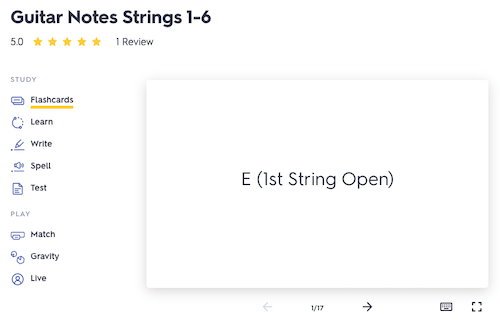
- easy 2 chord songs.
CLASSROOM (THEORY & ANALYSIS)

You are going to learn to develop your own version of David Allen’s Getting Things Done (GTD) process in this ‘room.’
- you can’t have freedom to make a mistake or a mess when where you are working is a mess. Also creative ideas and inspiration doesn’t take any time at all so time is not the problem when you are trying to stuff. Also make sure you do easy things that can take very little time early and leave the longer tasks for later. But make sure you plan for them. It helps with stress if you write stuff down and then make sure you do it later so you don’t think about it since you know you are going to do it later
LAB (THEORY PRACTICED)


Examine Two GTD Maps: Basic and Detailed
- Detailed map by guccio@文房具社 icensed under CC BY-NC 2.0
- Basic map from BiggerPlate.com embedded below
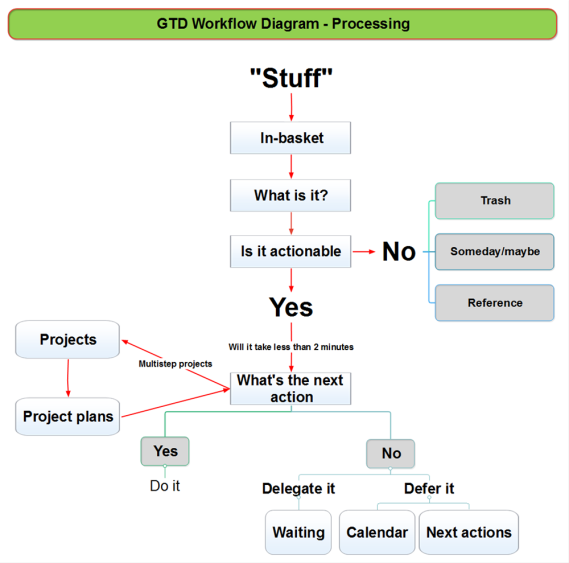
GTD-based Trusted System

- Examine and pick a trusted system from the 4 options listed below to ‘capture’ your work
- A trusted system is your method for managing your tasks in a way that you consistently get things done
- Trello.com with a – GTD Template
- We use Trello in this class to manage group projects
- You will create a Trello account a few weeks from now regardless
- You might want to start now
- We start using Trello in the second semester
- Watch Mr. Le Duc Creating a Trello Account and Add GTD Template Tutorial (3:45)
- You can get the free Trello app at the Apple Store or Google Play

- We use Trello in this class to manage group projects
- Your phone
- Paper and pen or pencil
- Examine LifeHacker.com’s GTD Resources
OUTSIDE (PRODUCTIVITY & THE BRAIN)

OPTIONAL EXERCISE

- Read Getting Things Done for Teens: Take Control of Your Life in a Distracting World by David Allen
STUDIO (CREATING MAPS)
- Set a timer
- Spend up to 15 minutes
- Then watch David Allen summarize the steps
- “Very simple folks! …
- Just WRITE STUFF DOWN
- Decide the ACTIONS and OUTCOMES embedded in them
- Get yourself a MAP OF ALL THAT so you can step back and take a look at it.
- And then, basically, you USE THE MAP TO DECIDE, “OK, here’s the course that we’re going to go on.”
- You then LAUNCH the ‘ship’ on a trusted course in the short term, as well as on the long horizon that you’re moving on.
- And then, on a regular basis, you need to REASSESS, “OK, we need to take in NEW DATA, CLEANUP, RECALIBRATE, and REFOCUS for the next leg of the journey.”
- It’s that simple…”
- “Very simple folks! …
- ‘Capture’ all the ACTION ITEMS you can in your GTD Trusted System
CONTROL ROOM (PRODUCTION)
- Set a timer
- Spend 10 minutes in this ‘room’
- Share your system with the class in the Schoology Week 10 Discussion Board
- Take a picture or screenshot and post on our Schoology page
- Prepare to briefly share how your system helps you…
- Capture Action Items
- Process them
- and Organize them
- DELETE THIS WHOLE SECTION, AFTER YOU ARE DONE
WHAT I LEARNED and PROBLEMS I SOLVED
- I learned that getting stuff done is both more complicated but easier than I thought


